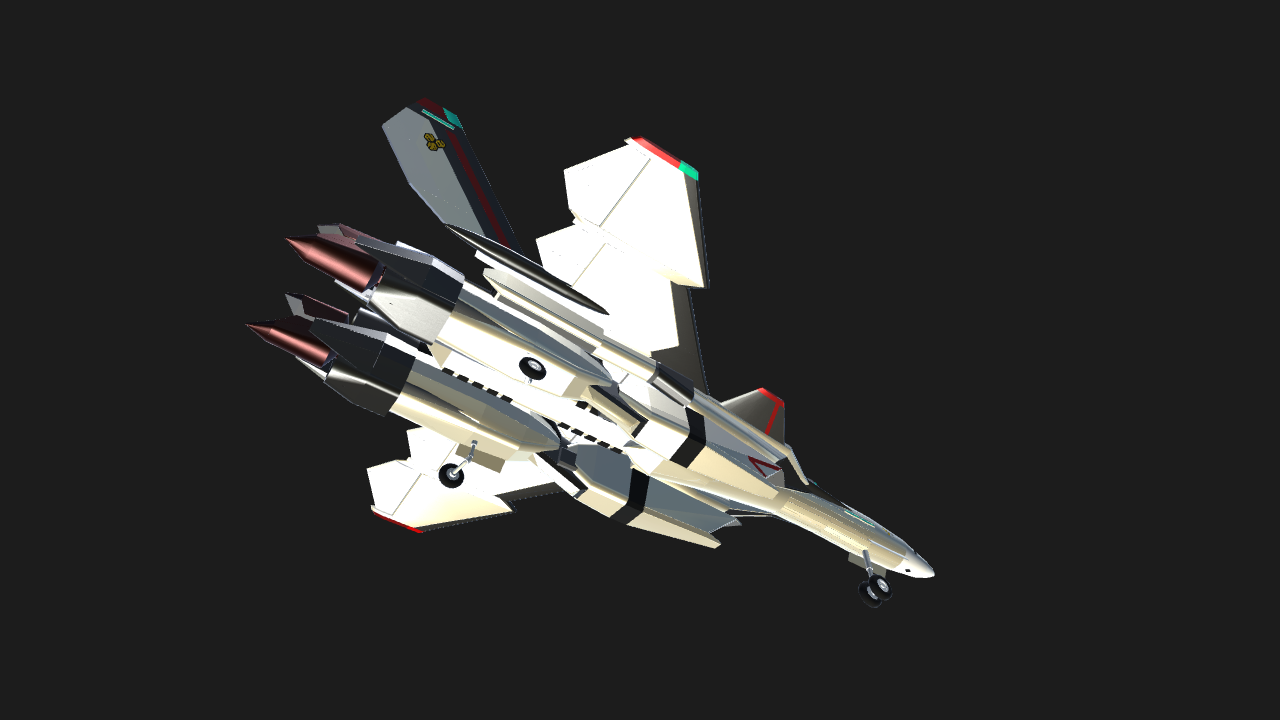
St Paul stayed for over three months and during that time converted the people of Malta to Christianity, with the Maltese people claiming that they were the first Christian nation. St Paul was shipwrecked while on his way to be tried in Rome, and was shipwrecked on the North East corner of Malta in a bay that is now known as St Paul’s bay and there is a large statue on a rock at the entrance to St Paul’s bay to commemorate this event. One of the major sites is St Paul’s Cathedral said to be built on the site of the villa belonging to Publius, the Roman Governor of Malta who welcomed St Paul in AD 60.

Today with its massive walls and peaceful, shady streets, it is often referred to as the silent city. The Knights of St John, who were largely a sea-based force, made Grand Harbour and Valetta their centre of activity, and Mdina sank into the background as a retreat of the Maltese nobility. It was a favoured residence of the Maltese aristocracy and the seat of the ‘universita’ or governing council. In medieval times Mdina was also known as Citta Notabile – the Noble City. They built strong walls and dug a deep moat between Mdina and the nearby town,350 metres away, just outside the city walls, known as Rabat. It was given its present name when the Arabs settled here in the 9th century – Madina is Arabic for ‘walled city’. The Romans built a large town here and called it Melita (which I think means honey for which it was famous). As long ago as 1000 BCE the Phoenicians had built a protective wall here and called their settlement Malet, meaning ‘place of shelter’. The citadel of Mdina was fortified from the early days of recorded history. ‘Mdina has a population of only 370 people and included in that is a closed order on nuns, who once they enter they never leave for any reason and are in fact buried within the walls of the order when they die. In the early morning and late afternoon, especially, this is the kind of place that has you talking in whispers so as not to disturb the peace.’ We were no exception and found ourselves talking in hushed voices and walking softly, just luxuriating in the peaceful atmosphere. It is a stunning town perched loftily on a crag about ten kilometres west of Valletta, and its quiet streets ooze history and refinement. ‘The jewel in the crown of central Malta and an absolute must see, is Mdina, once the ancient walled capital of Malta. While they were doing that I exercised my pillow.Īfter breakfast our first objective was the city of Mdina:


Adam and Rosalind went for an early morning run around the bays and told us that it was a lot easier than Positano as it was very flat and the pavements were very broad and a slight breeze off the sea made it very enjoyable.


 0 kommentar(er)
0 kommentar(er)
